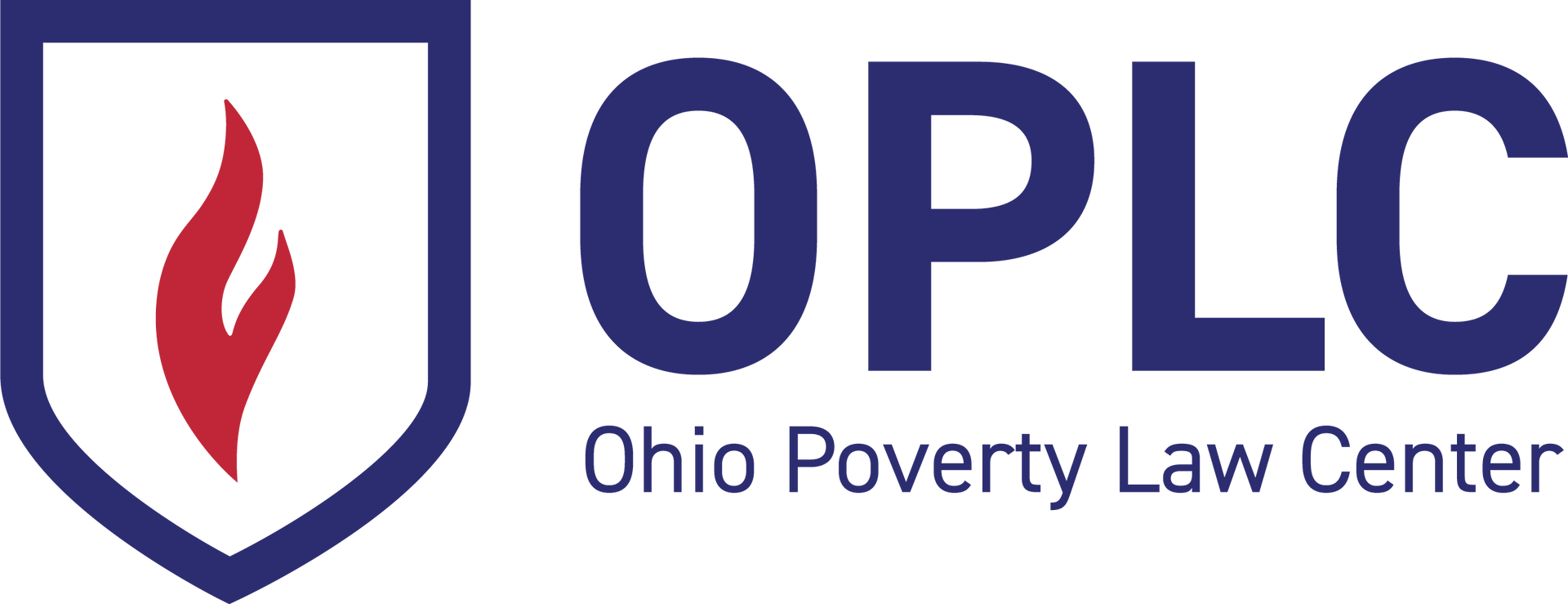Representatives Jean Schmidt (R-Loveland) and Mike Loychik (R-Bazetta) introduced House Bill 616, a bill that would combine “anti-Critical Race Theory” concepts with language lifted straight from Florida’s controversial “don’t say gay” legislation. HB 616 is the latest bill introduced in the Ohio House of Representatives to address so-called divisive concepts in schools. The previous bills, HB 322 and HB 327, appear to be stalled for now in committee.
HB 616 is different from HB 327 in that it only focuses on K-12 education; furthermore, the list of what it terms to be “divisive or inherently racist concepts” are not as detailed as HB 327. The list of “divisive or inherently racist concepts” in HB 616 includes all the following:
- Critical race theory
- Intersectional theory
- The 1619 Project
- Diversity, equity, and inclusion learning outcomes
- Inherited racial guilt
- Any other concept that the state board of education defines as divisive or inherently racist.
The bill puts significant power in the hands of the state school board by allowing it to determine what concepts are divisive. HB 616 also includes school funding and teacher licensure penalties for violations of the bill’s provisions.
HB 616’s other major provision includes language that would restrict the teaching of sexual orientation and gender identity. While HB 327 had its harmful language about recognizing gender identity and fluidity, HB 616 has language that mirrors Florida’s “don’t say gay” legislation. Specifically, HB 616 would prohibit K-12 schools, any employee, or other third-party representing a school or school district from doing either of the following:
- With respect to a student from kindergarten to third grade, teaching, using, or providing any curriculum or instructional materials on sexual orientation or gender identity
- With respect to a student from fourth grade to twelfth, teaching, using, or providing any curriculum or instructional materials on sexual orientation or gender identity in any manner that is not age-appropriate or developmentally appropriate for students in accordance with state standards
Much like the divisive concept language, the state school board would play a role in deciding what is “developmentally or age-appropriate” so the restrictions could end up being incredibly strict.
